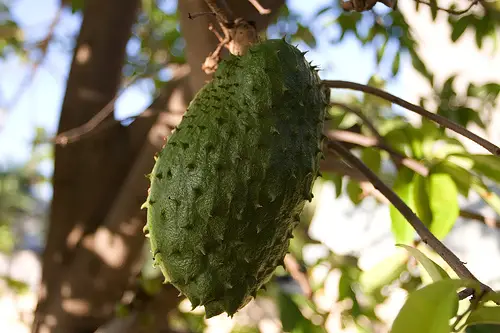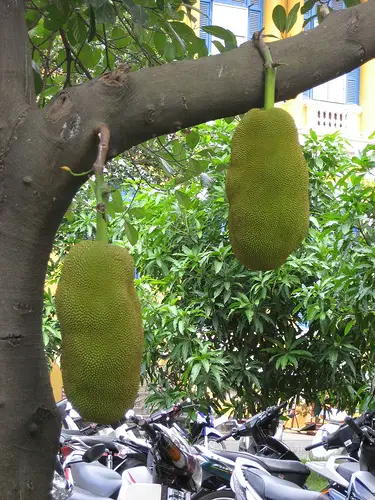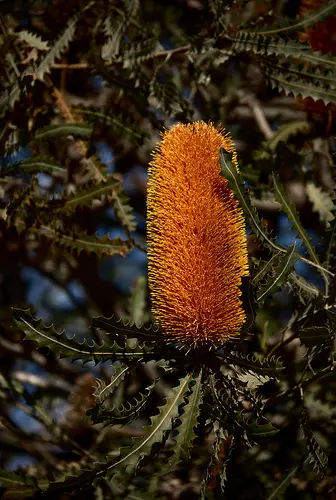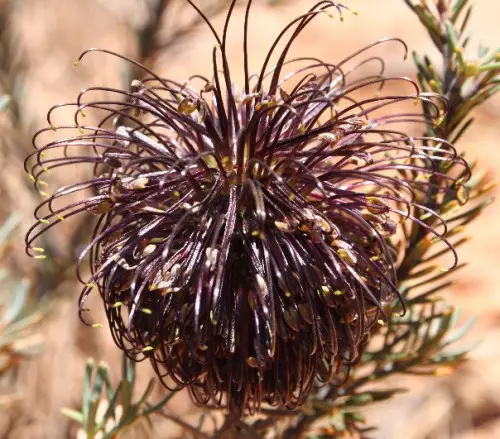Soursop
The soursop is a flowering evergreen tree that is native to Central America, the Caribbean, and the northern part of South America. The sourop is also native to countries in Sub-Saharan Africa that are within the tropics. Today, it also grows in some parts of Southeast Asia and in Florida, USA. Other names that the soursop goes by are guanabana (Spanish), Brazilian Paw Paw, graviola (Portuguese), Corossolier, Durian benggala, Guanavana, Nangka blanda, Toge-Banreisi, and Nangka londa.
This tree is adapted to area of high humidity (like tropical areas) and places that have warm winters. This is because if the temperature drops below 5 °C/41 °F, the cold will cause damage to the tree’s small branches and leaves. If it is below 3 °C/37.4 °F, then it will kill the soursop tree. In addition, the fruit will become too dry and therefore it is no longer good to eat or drink.
Soursop trees are grown commercially for its green fruit. The fruit is usually between 20 to 30 cm long, and is prickly. It can weigh up to 2.5 kilograms. The fruit’s flesh has an edible white pulp, and has indigestible black seeds. The flavour of the fruit is a mix between pineapple and strawberry, with a hint of citrus. Some may say it reminds them of a flavour mixed between a banana and a coconut.
The soursop fruit’s sweet pulp is used for a variety of reasons, ranging from ice cream flavours to candies. In Mexico, it is commonly used in desserts as the only ingredient, or as a drink called agua fresca. It is also found in ice craem and fruit bars. It is also considered by some as the national fruit of Vietnam. It is used to make delicious smoothies, or eaten fresh. In Indonesia, it is used into a sweetmeat called dodol sirsak. It is made by boiling the pulp of the soursop in water and adding sugar until it hardens. It is also used to make fresh fruit juices which are sold be street food vendors. In Malaysia, it is eaten raw when it is ripe.
Nutrition wise, it is high in carbohydrates, especially fructose. However, there is also a lot of vitamin B1 and B2, as well as vitamin C. The leaves, seeds, and fruit of the soursop are used for traditional herbal medicine by the indigenous people of where this plant is commonly grown. Sadly, scientific research conducted in the Caribbean suggests that there is a connection between atypical forms of Parkinson’s disease and consuming soursop as there is a high concentration of annonacin.




